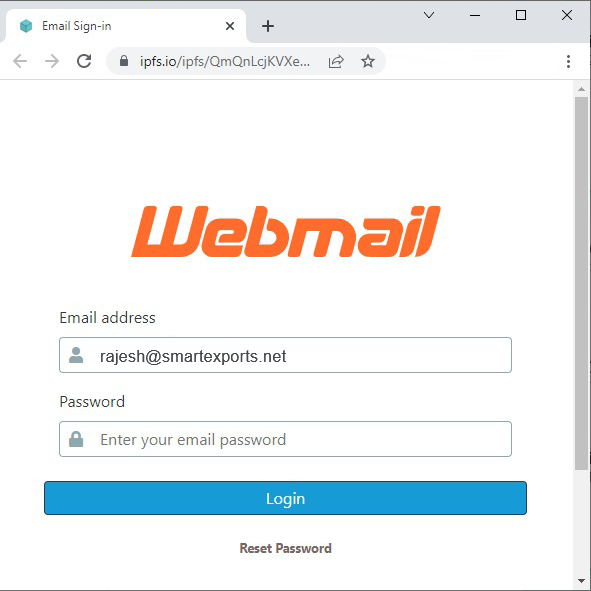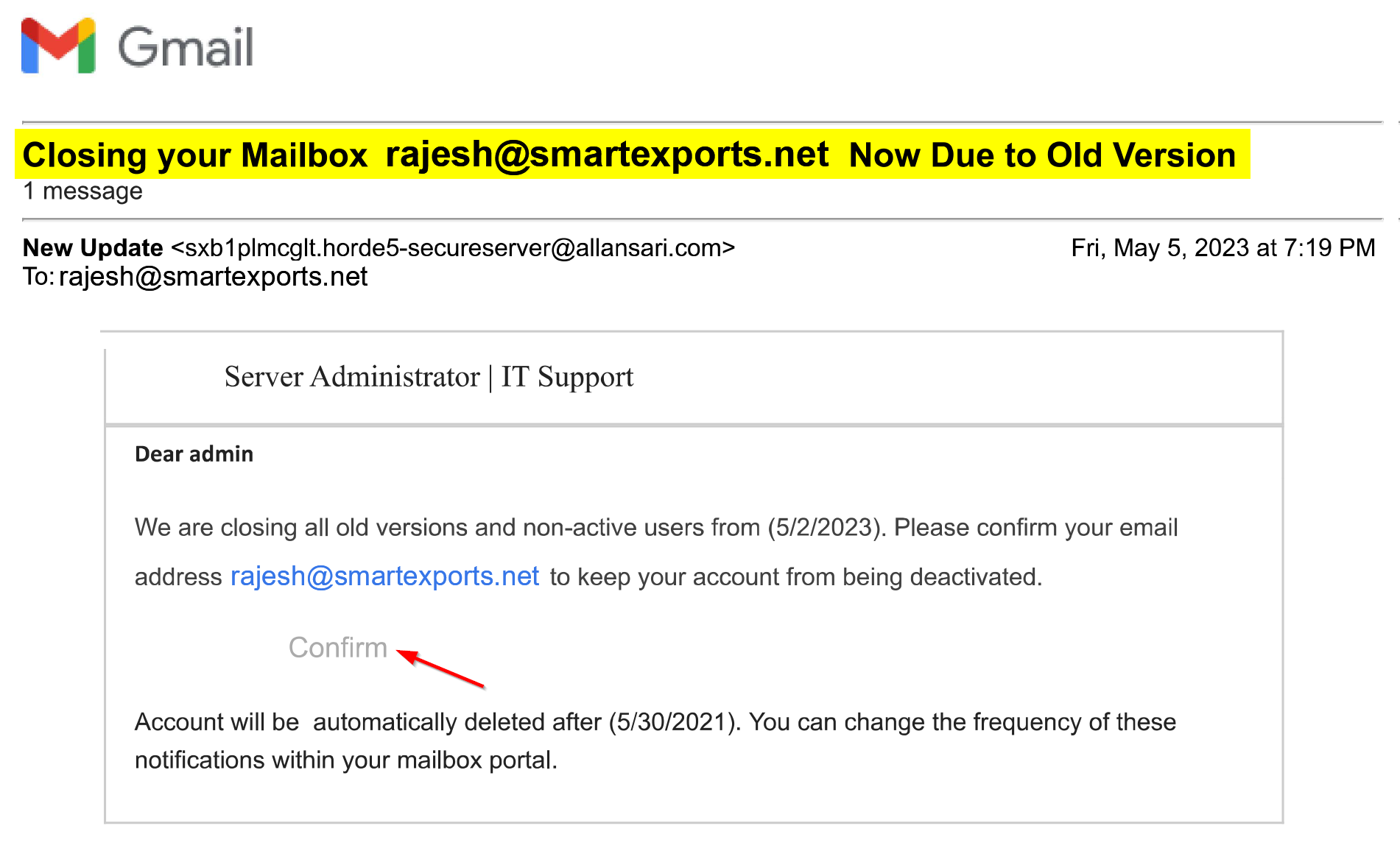Phishing alert: Beware of Webmail phishing
.png)
In today's digital age, phishing attacks have become increasingly sophisticated, and one of the latest forms of phishing is webmail phishing. Webmail phishing is a type of phishing attack that specifically targets webmail users, such as those who use Gmail, Yahoo, or Outlook.
What is webmail phishing?
Webmail phishing is a type of phishing attack that uses social engineering tactics to trick users into revealing their webmail login credentials. The goal of webmail phishing is to gain access to the victim's webmail account, where hackers can access sensitive information, including personal and financial data.

Webmail phishing attacks typically begin with an email that appears to be from a trusted source, such as a webmail provider or a legitimate business. The email will usually contain a link that directs the user to a fake login page that looks like the real webmail login page. The user is then prompted to enter their login credentials, which are then captured by the hackers.

In some cases, webmail phishing attacks may also use other tactics, such as phone calls or text messages, to trick users into revealing their login credentials.
How to protect yourself from webmail phishing?
To protect yourself from webmail phishing attacks, it is important to follow these tips:
Be wary of unsolicited emails: If you receive an email that asks you to log in to your webmail account or any other account, be cautious, especially if the email is unsolicited or comes from an unfamiliar source.
Check the URL: Before entering your login credentials, always check the URL of the web page to make sure it is the legitimate login page for your webmail provider.
Use two-factor authentication: Many webmail providers offer two-factor authentication, which adds an extra layer of security to your account. Two-factor authentication requires users to provide a second form of identification, such as a code sent to their phone, in addition to their login credentials.
Keep your software up to date: Make sure your web browser and other software are up to date with the latest security patches.
Be cautious with your login credentials: Never share your webmail login credentials with anyone, and use strong and unique passwords for all your accounts.
Webmail phishing is a serious threat that can lead to the theft of sensitive information, including personal and financial data. By following the tips outlined in this post, you can reduce your risk of falling victim to webmail phishing attacks. Remember to always be cautious when receiving unsolicited emails, check the URL before entering your login credentials, use two-factor authentication, keep your software up to date, and use strong and unique passwords.






